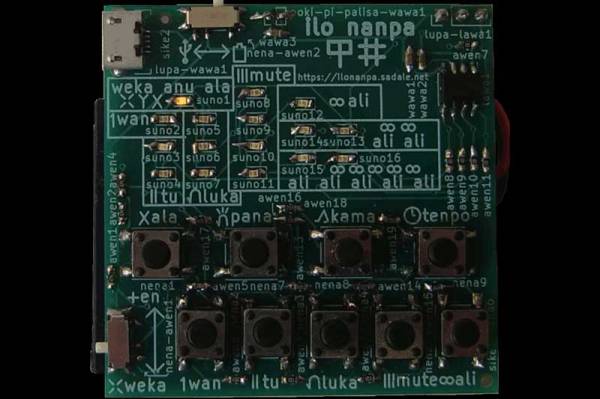Christmas: a good time to broach a topic of hope. We’re talking Esperanto. This language that spurred the hope it one day could hack the barriers between people, eliminating war and miscommunication. The video below unpacks the history of this linguistic marvel. Esperanto was a constructed language dreamed up in 1887 by Ludwik Zamenhof, a Polish-Russian eye doctor with a knack for linguistics and great ideals. If you’re a little into linguistics yourself, you’ll sure know the name stems from the Latin sperare: to hope.
Inspired by the chaos of multilingual strife in his hometown, Zamenhof created Esperanto to unite humanity under a single, simple, easy-to-learn tongue. With just 16 grammar rules, modular word-building, and no pesky exceptions — looking at you, English — Esperanto was a linguistic hack ahead of its time.
But Esperanto wasn’t just a novelty—it almost became the lingua franca of diplomacy. In 1920, Iran proposed Esperanto as the official language of the League of Nations, but the French vetoed it, fearing their language’s global dominance was at risk. From there, Esperanto’s journey took a darker turn as both Nazi Germany and Stalinist Russia persecuted its speakers. Despite this, Esperanto persisted, surfacing in quirky corners of culture, from William Shatner’s Esperanto-only horror film Incubus to its inclusion on NASA’s Voyager Golden Record.
Fast-forward to the digital age: Esperanto is thriving on online learning platforms, where over a million learners explore its minimalist elegance. It appears at places in various editions of Grand Theft Auto. It has even inspired modern makers to create new constructed languages, like Loglan, Toki Pona, and even Klingon. Could Esperanto—or any reimagined language—rise again to unite us? For curious minds, watch the video here.
Continue reading “Esperanto: The Language That Hoped To Unite The World”














